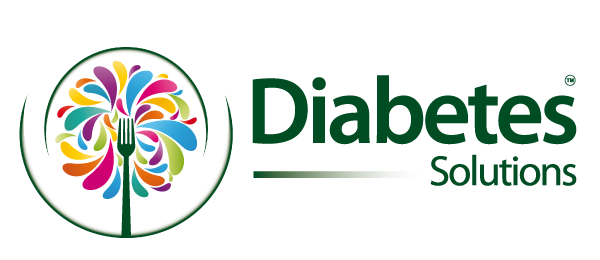Cholesterol & Type 2 Diabetes: A Deep Dive into the Intertwined Dynamics
Cholesterol and Type 2 Diabetes — two terms that often appear side by side in medical discussions. While each holds its distinct place in health conversations, their intersection creates a crucial dialogue in the realm of metabolic health. Let’s unravel the intricacies of this relationship, ensuring our exploration remains both insightful and accessible to all readers.
Understanding Cholesterol: Beyond the Basics
Cholesterol, a waxy, fat-like substance, plays several pivotal roles, from aiding vitamin D synthesis to building cell membranes. However, its levels and types in our bloodstream are of paramount importance.
LDL (Low-Density Lipoprotein) Cholesterol: Often dubbed the “bad” cholesterol, elevated LDL levels can lead to arterial plaque buildup, heightening the risk of heart diseases.
HDL (High-Density Lipoprotein) Cholesterol: Termed the “good” cholesterol, HDL helps remove LDL from the bloodstream, thus reducing cardiovascular disease risks.
Triglycerides: These are a type of fat in the blood, and high levels, in conjunction with other factors, can signal metabolic syndromes.
The Link Between Cholesterol and Type 2 Diabetes
Insulin Resistance and Cholesterol: Type 2 Diabetes arises from insulin resistance, where cells become less responsive to insulin’s effects. This resistance can lead to altered cholesterol metabolism, causing an increase in triglycerides and a decrease in protective HDL cholesterol.
Type 2 Diabetes and Heart Diseases: Individuals with Type 2 Diabetes have a heightened risk of cardiovascular diseases. Elevated LDL cholesterol compounds this risk, making cholesterol management vital for this demographic.
The Impact on Blood Vessels: Chronic high blood sugar can damage blood vessels, making them more susceptible to fatty deposits. Elevated cholesterol further exacerbates this, leading to atherosclerosis (hardening of arteries).
Decoding the Clinical Findings
Scientific literature continuously investigates the relationship between cholesterol and Type 2 Diabetes. Here are some findings:
- A study in Type 2 Diabetes Care highlighted that among Type 2 Diabetes patients, those with the highest LDL levels faced a significantly elevated risk of heart disease.
- Another research piece emphasised that boosting HDL levels could be particularly beneficial for Type 2 Diabetes patients in thwarting cardiovascular diseases.
- The phenomenon termed “diabetic dyslipidaemia” describes the lipid alterations seen in those with Type 2 Diabetes: high triglycerides, low HDL, and a predominance of small, dense LDL particles, all of which spike heart disease risks.
Cholesterol Management in the Context of Type 2 Diabetes
Given the intertwined dynamics, what can one do?
- Regular Monitoring: For those with Type 2 Diabetes, regular cholesterol checks are essential. Targets might be stricter, with many experts recommending LDL levels below 100 mg/dL and HDL above 50 mg/dL for women (40 mg/dL for men).
- Dietary Adjustments: Emphasize a diet rich in omega-3 fatty acids, fibre, and lean proteins. Reduce intake of trans fats and saturated fats, commonly found in fried foods and certain baked goods.
- Physical Activity: Exercise can raise HDL cholesterol while reducing LDL and triglyceride levels. Aim for at least 150 minutes of moderate-intensity activity each week.
- Medications: Statins, a class of cholesterol-lowering drugs, are often prescribed for individuals with Type 2 Diabetes due to their dual benefit of reducing cholesterol and associated cardiovascular risks.
- Weight Management: Shedding even a small percentage of body weight can significantly improve cholesterol profiles and insulin sensitivity.
- Limit Alcohol & Avoid Smoking: Smoking can decrease HDL and increase LDL, while excessive alcohol can hike triglyceride levels.
Recognising that managing cholesterol is not just about heart health but also about optimising overall metabolic health can inspire more proactive measures. Incorporating lifestyle changes, staying informed, and regular consultations with healthcare professionals can ensure that the complexities of cholesterol in the context of Type 2 Diabetes are adeptly navigated.





